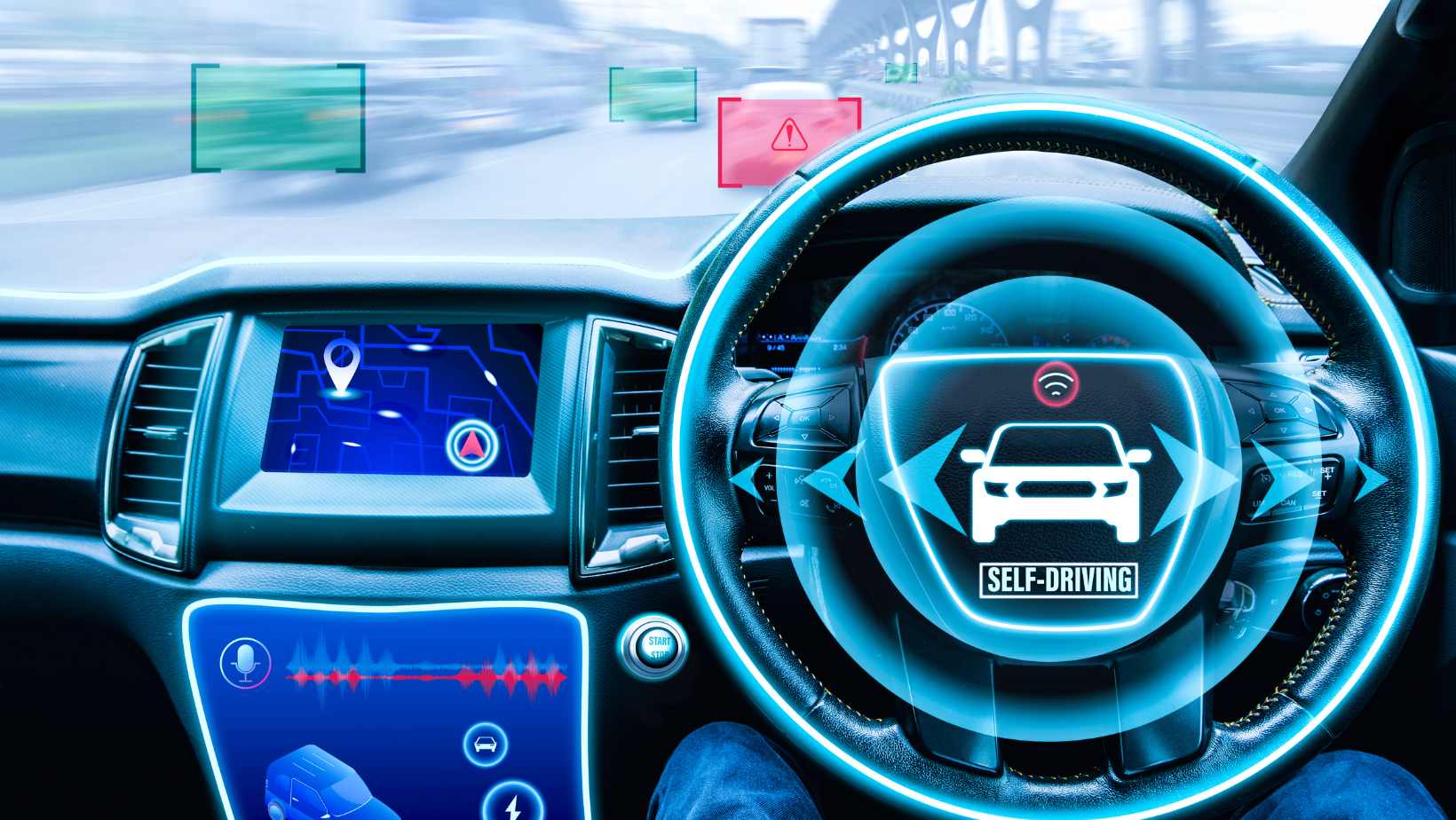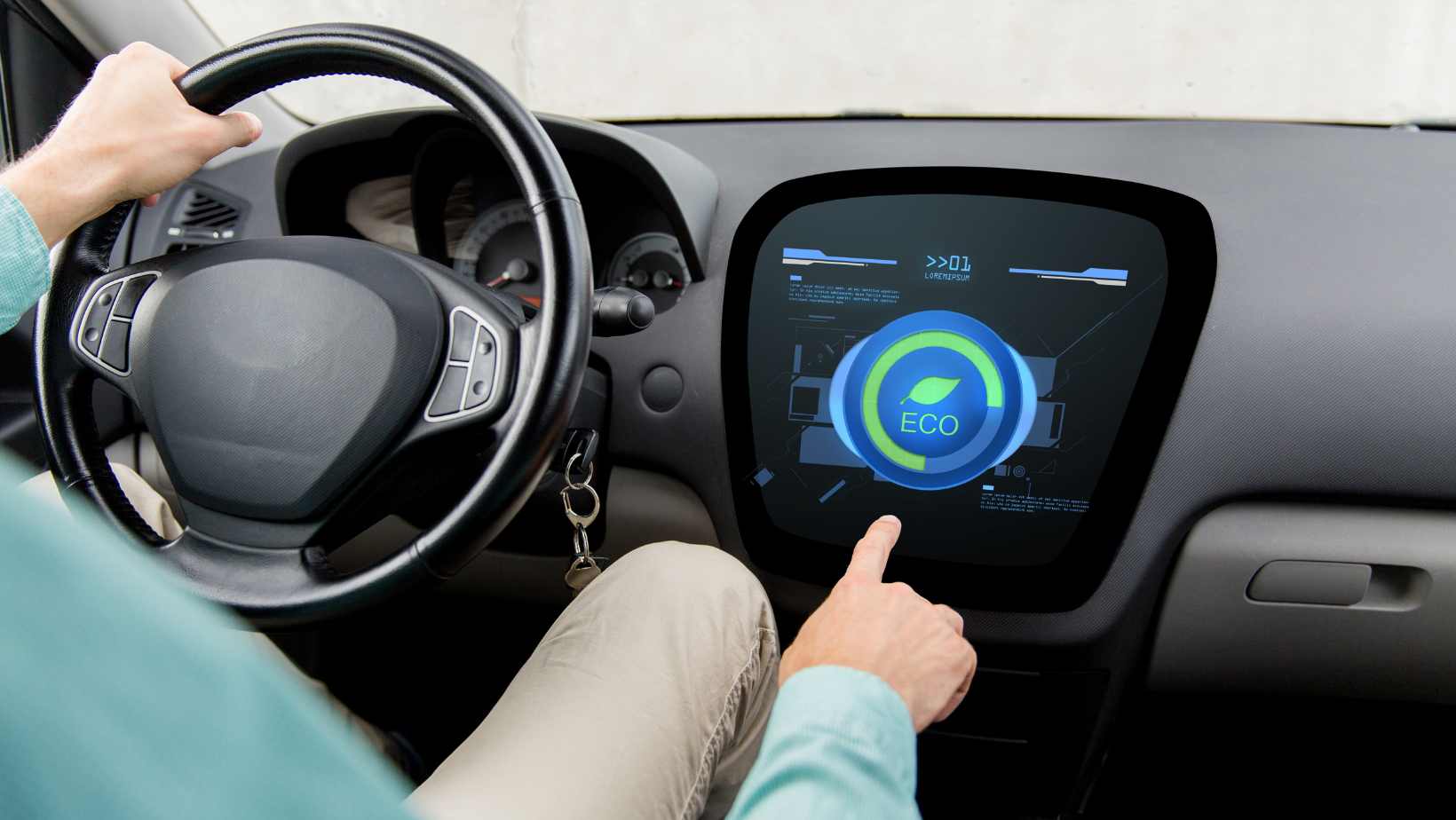Are you having trouble with your car’s computer? If so, you’re in the right place. In this article, I’ll provide some valuable insights on how to repair a car computer and get your vehicle back on track. Dealing with a malfunctioning car computer can be frustrating, but with the right knowledge and tools, you can tackle this issue head-on.
When it comes to repairing a car computer, it’s essential to first identify the problem. A faulty computer can manifest in various ways, such as engine misfires, unresponsive controls, or even complete system failure. By understanding the symptoms and conducting proper diagnostics, you can pinpoint the root cause of the issue and proceed with the necessary repairs.
Diagnosing the Issue With Your Car Computer
When it comes to troubleshooting problems with your car computer, it’s important to approach the process systematically and methodically. Here are a few steps I recommend taking to diagnose any issues you may be experiencing:
- Identify Symptoms: Start by paying close attention to any unusual behavior or warning signs your car’s computer system is exhibiting. This could include dashboard warning lights, error messages, sluggish performance, or even complete system failure.
- Check for Error Codes: Many modern cars have an onboard diagnostic (OBD) system that can provide valuable insight into the problem. Invest in an OBD scanner tool or visit your local mechanic who can connect one to your car’s computer and retrieve any error codes stored in its memory.
- Research Common Issues: Once you have the error codes, do some research online to see if there are any common issues associated with those specific codes. Online forums and automotive websites can be great resources for finding potential solutions or identifying patterns related to your car’s make and model.
- Inspect Physical Connections: In some cases, a loose or corroded connection may be causing communication issues between various components of your car’s computer system. Take a moment to visually inspect all wiring harnesses, connectors, and fuses related to the computer unit.
- Test Components: If the issue persists after checking connections, it may be necessary to test individual components within the car computer system such as sensors, modules, or relays. This will require specialized equipment and knowledge; therefore, consulting a professional technician would be advisable at this stage.
- Consider Software Updates: It’s worth noting that sometimes software glitches or outdated firmware can cause malfunctions in the car’s computer system. Check with your vehicle manufacturer for any available software updates that address known issues or improve overall performance.

Repair Car Computer
When it comes to repairing car computers, it’s important to have a clear understanding of the process involved. Here are some key points to help you grasp what goes into fixing these vital components of your vehicle:
- Diagnosis: The first step in repairing a car computer is diagnosing the issue accurately. This involves using specialized diagnostic tools that can read error codes and identify any malfunctions or faults within the computer system.
- Troubleshooting: Once the problem has been identified, the next step is to troubleshoot and pinpoint the root cause. This may involve checking connections, inspecting wiring, or testing individual components to determine where the issue lies.
- Repair or Replacement: Depending on the severity of the problem, repairs may be possible or sometimes a complete replacement of the car computer may be necessary. In some cases, specific faulty parts within the computer system can be repaired or replaced individually.
- Software Updates: Car computers often require regular software updates to ensure optimal performance and compatibility with newer technologies. During the repair process, technicians may also update firmware or reflash software to address any known bugs or issues.
- Quality Assurance Testing: After repairs have been made or a new car computer has been installed, thorough testing is performed to ensure everything is functioning correctly. This includes running diagnostics again and conducting road tests if needed.
- Preventive Measures: To avoid future problems with your car’s computer system, it’s essential to follow preventive maintenance measures recommended by manufacturers. Regularly checking for software updates and having routine inspections can help detect potential issues before they become major problems.








































